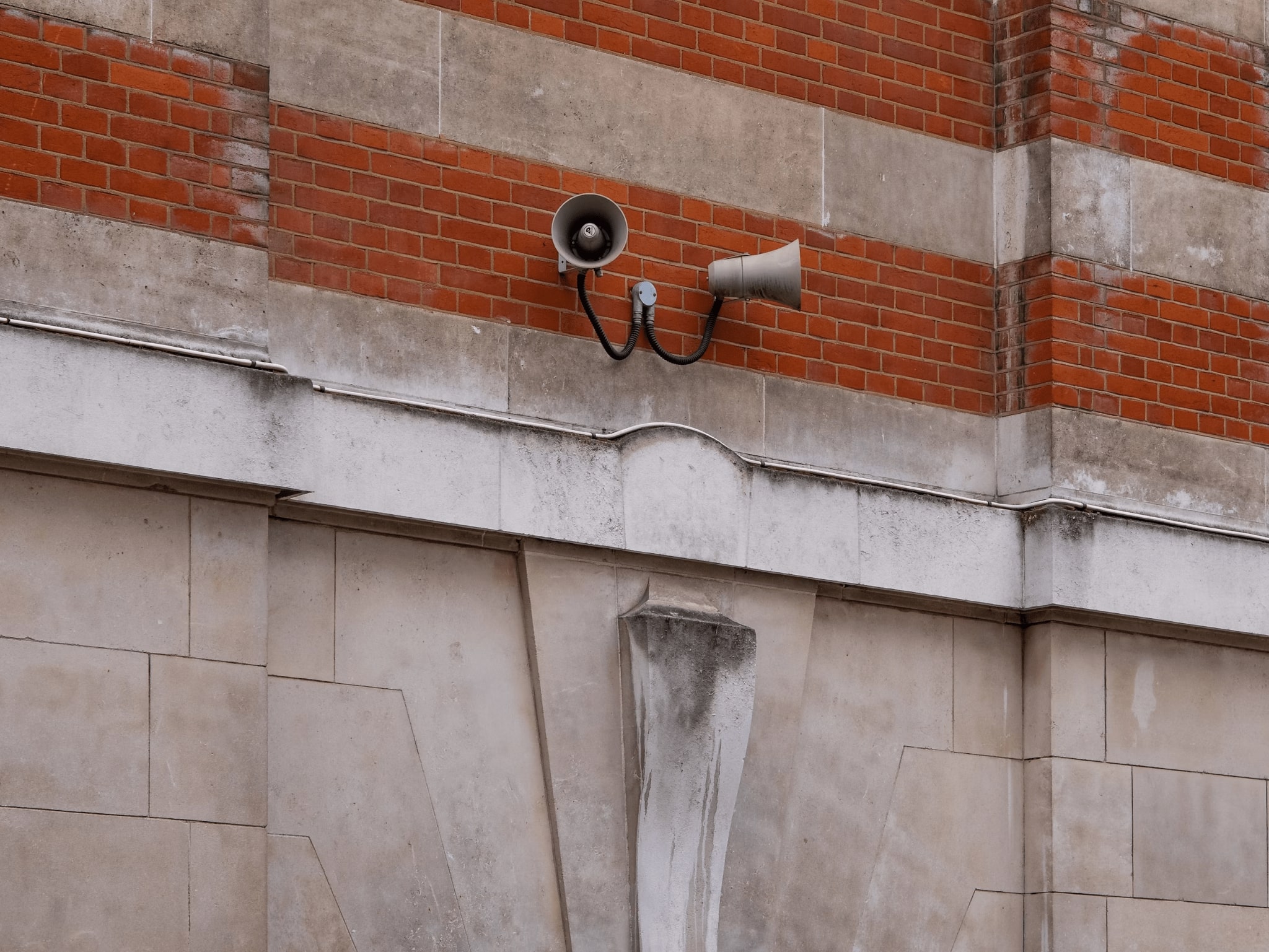
If you are planning to implement a communication solution, it’s essential to understand the differences between intercoms and overhead systems so as to select the most suitable system for your business needs.
Overhead paging broadcasts messages through speakers while other systems enable receivers to respond by picking up an already connected phone line – making these ideal two-way communication tools in businesses like schools, parking garages and more. However, each has their own benefits and drawbacks; so let’s get into the nitty-gritty details which affect them both, and how each may excel or fall back.
Message Distribution
Paging systems provide an effective method for communicating announcements or emergency notifications across buildings, campuses, industrial zones and industrial zones quickly and efficiently. A dependable intercom speakers & paging system is ideal for communicating in busy settings such as schools, restaurants and warehouses where communication may need to happen quickly. However, small businesses can utilize them just as well!
They use one-way communication methods allowing messages to reach multiple people over speakers or phones without anyone needing to pick up the receiver and talk into it; making this ideal when communicating to large groups while giving people time to listen or respond at their convenience.
At the core of any paging system lays a control unit that oversees message routing, addressing, scheduling and performance monitoring functions. In addition to amplifiers and microphones that help transmit and broadcast the audio signal; handheld or desktop paging microphones offer excellent solutions when louder voices must be heard above background noise.
Text messaging systems that facilitate two-way communication allow individuals and teams to share ideas effectively. Their use can improve team productivity, efficiency and decision-making – as well as be used widely by industries like logistics and field services for instantaneous communications and coordination of personnel – hospitals and educational institutions as well.
Intercom Stations
Intercom stations allow visitors to communicate with occupants of a building or residence before being granted access, providing an extra level of security. Intercom hardware may even include video transmission to allow residents to visually verify visitors before opening the door. Moreover, advanced systems integrate seamlessly with smart devices so occupants can receive notifications about access control systems on their property remotely from anywhere.
An intercom system consists of a master station or home office connected to one or more intercom substations installed throughout a facility. Installation options range from hardwiring the system directly into its walls to wireless connections (source: https://www.youtube.com/watch?v=mONt8EMOTzk&ab_channel=Vbizz); both can send messages that alert substations when visitors have arrived; the master station also can allow entry via pressing buttons on its base station.
Intercom system base stations are also capable of directly connecting to door release devices if necessary. When signaled from a master station, these door release devices open when activated by their signal from within their respective gate/door operators.
Audio Messages
Paging is a popular communication solution used in schools, hospitals, warehouses and other large buildings with high foot traffic and multiple employees. Paging broadcasts a single-way message through overhead speakers directly to all or targeted areas within a building allowing employees and visitors quick access to information they require.
These may include visual alerts such as strobe lights to supplement audio announcements. Visual alerts may be particularly beneficial in noisy environments where an announcement may not come across clearly enough; many of them also incorporate noise-masking technology for further reduction of ambient noise, making announcements easier to hear.
They not only play audio messages but can also play music throughout the building for an enhanced atmosphere. Connected to streaming services or radio stations, they distribute background music in zones or broadcast it all at once for all listeners in an entire facility.
An IP paging system with zone control provides the flexibility of sending messages directly into individual rooms or an entire campus using network drops rather than speaker wires, eliminating the need for central amplifiers and simplifying maintenance. Audio Management software gives administrators access to create and schedule prerecorded paging messages as well as live voice broadcasting messages as needed.

Visual Announcements
Paging systems not only make audio announcements, but can also provide visual alerts in case of safety and emergency situations. Devices like strobe lights, LED message boards and flashers can be configured to react when an alert tone or announcement occurs – devices like Amber Shelter lights can light up blue Evacuate Red Lockdown Green All Clear modes on devices enabling situational awareness through flash patterns that match alarm tones for maximum situational awareness.
Integration between technologies can be key for school campuses, healthcare environments, or other businesses listed here – particularly Rauland’s Telecenter U network-based system for controlling everyday announcements and critical messaging for today’s hospital environment. When combined with the Responder 5 nurse call system, Telecenter U provides full functionality for emergencies or communications of any sort.
Intercom Programming
These systems offer the means for broadcasting announcements to a large group quickly and efficiently, usually from a central location. Paging devices transmit radio frequencies with messages decoded and displayed on individual pagers; making them especially beneficial in businesses, retail outlets, airports or any crowded environment where rapid communication of important information may be required quickly and efficiently.
Intercoms may seem similar at first glance; however there are distinct distinctions between them. Intercoms allow for instantaneous audio messaging whereas they only provide one-way communication with their central transmitter via pagers.
Yeastar P-Series System supports both real-time paging and intercom calls as well as scheduled ones. When making a paging call, the broadcaster can set its start time and number of recipients they would like it to reach; then it will automatically go out at its specified time via speakers on receiver devices.
To add a new intercom to your network, press and release the learn button on one of your existing intercoms until a beep can be heard, then repeat this process on any additional intercom until a beep can be heard and it has joined. It may take up to 3 1/2 minutes for two intercoms to connect, and once connected you can begin communicating between intercoms within your building.